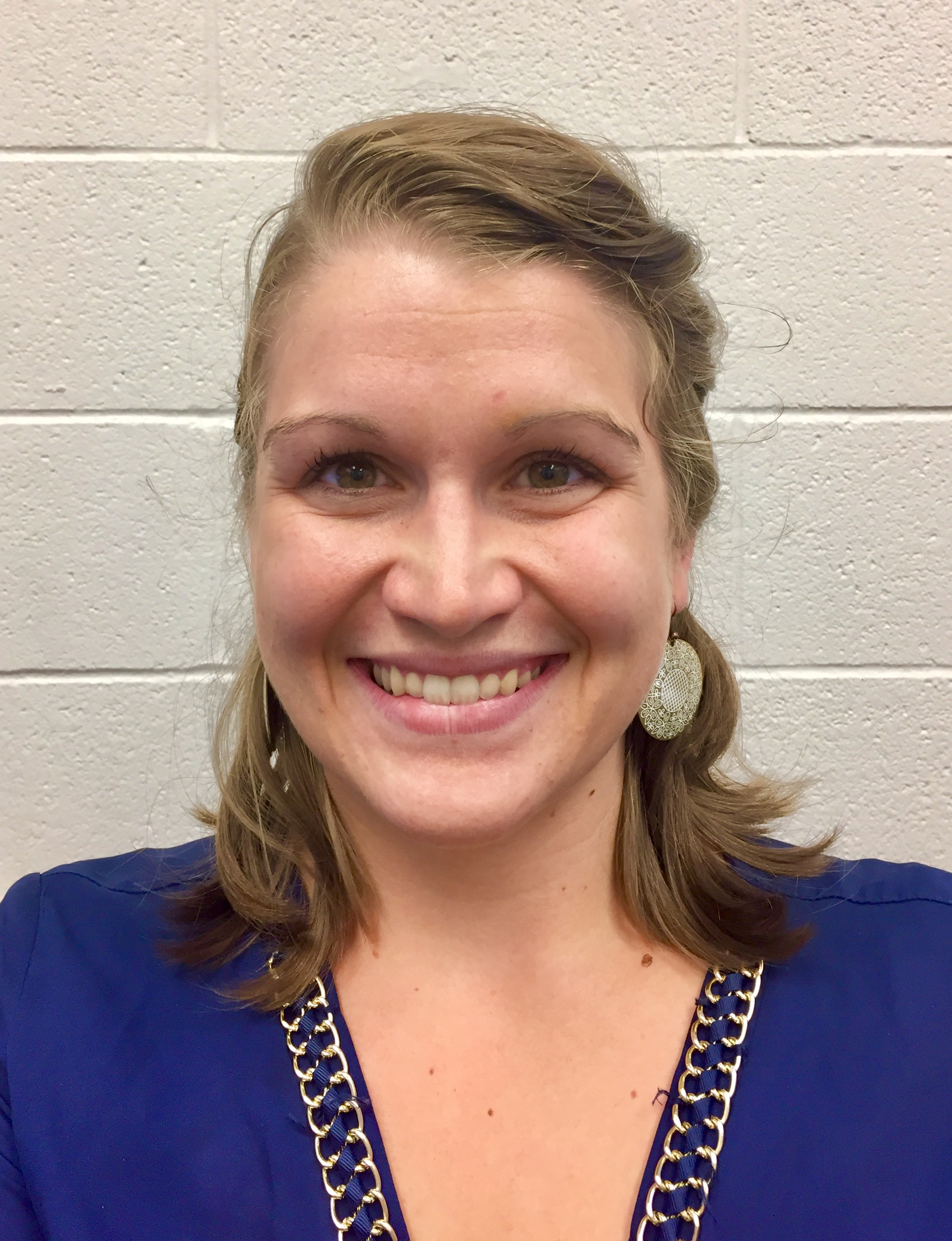Key Elements to Interventions Addressing Barriers to Social Communication with Peers
10/7/2016 6:36 PM
Intervention efforts to support social interaction andcommunication among children with complex communication needs and their peers can involve a lot of different things. But, there are several elements thatseem especially important to intervention efforts. Here are a few:
Reliable and relevant communication system: Descriptive studies show that even when children have and use reliable AAC devices, these devices may not be around them during a lot of the time they are around their peers (Chung, Carter, & Sisco, 2012). Having meaningful, positive interactions with peers may be really challenging if children have never been provided a reliable communication system, or if their aided AAC is not even within their reach. Even more, though, the vocabulary on aided communication devices needs to be selected and organized with social communication in mind. In other words, are the symbols and messages on a child’s AAC device relevant for social communication and interaction with peers? How easy are they for the child with a disability and their peers to access?
Sufficient but not stifling support: The presence and support of adults like paraprofessionals, parents, educators, and other professionals can really be a tremendous help to
supporting positive, meaningful interactions among children with and without disabilities. However, these same people can also inadvertently hinder the type of interaction they want to occur! Finding the right balance between providing adult support to promote communication and participation—but not too much to get in the way—can be tricky but really important.
Shared activities and experiences with peers: Peer interactions are unlikely to occur unless children with and without disabilities are engaged with one another in shared activities within their schools and communities. Personal contact has a huge role in helping communication and increase over time—this means that sustained shared experiences, rather than brief or episodic experiences, are going to have the best impact on support social communication, interaction, and relationships. Shared experiences and activities that are age-appropriate can also help make sure that interactions support mutual-relationships among the child with the disability and their peers, rather than creating or reinforcing relationships that look more like teacher or tutor relationships.
Motivation: The motivation of both a child with disabilities themselves, as well as their peers, is really important to the quality of their interactions with one another. Children
may be more motivated to communicate when they have input into who they talk with, or what they talk about.
Regular reflection: No particular intervention approach is likely to work for all students. Because of this, it is truly essential that educators and service providers are collecting good data on communication goals, as they related to peer interaction. This regular reflection can also include getting information from students, peers, and others about the social validity of any intervention efforts. Interventions need to be acceptable to students and peers, sustainable, and effective in order to make an important impact on supporting social communication.
These elements are really important for any effort aimed at supporting meaningful, positive interaction among children and youth with complex communication needs and their peers. Each of them is addressing one or more of the different potential barriers I addressed in the last post (i.e., intrinsic, child-focused barriers, environmental/support barriers, peer-focused barriers). In the attached PDF, I include an example of a tool that can be used to reflect on how well these elements (and the potential barriers) are being addressed by educational teams in a school setting.
References:
Carter, E. W., Huber, H. H., & Biggs, E. E. (2015). The importance of peers as communication partners. In J. E. Downing, A. Hanreddy, & K. Peckham-Hardin (Eds.), Teaching communication skills to students with severe disabilities (3rd ed.). Baltimore, MD: Paul H. Brookes.
Chung, Y., Carter, E. W., & Sisco, L. G. (2012). Social interaction of students with severe disabilities who use augmentative and alternative communication in inclusive classrooms. American Journal on Intellectual and Developmental Disabilities, 117, 349-367. doi:10.1352/1944-7558-117.5.349

This post is part of the collection
 0 likes
0 likes replies
replies


